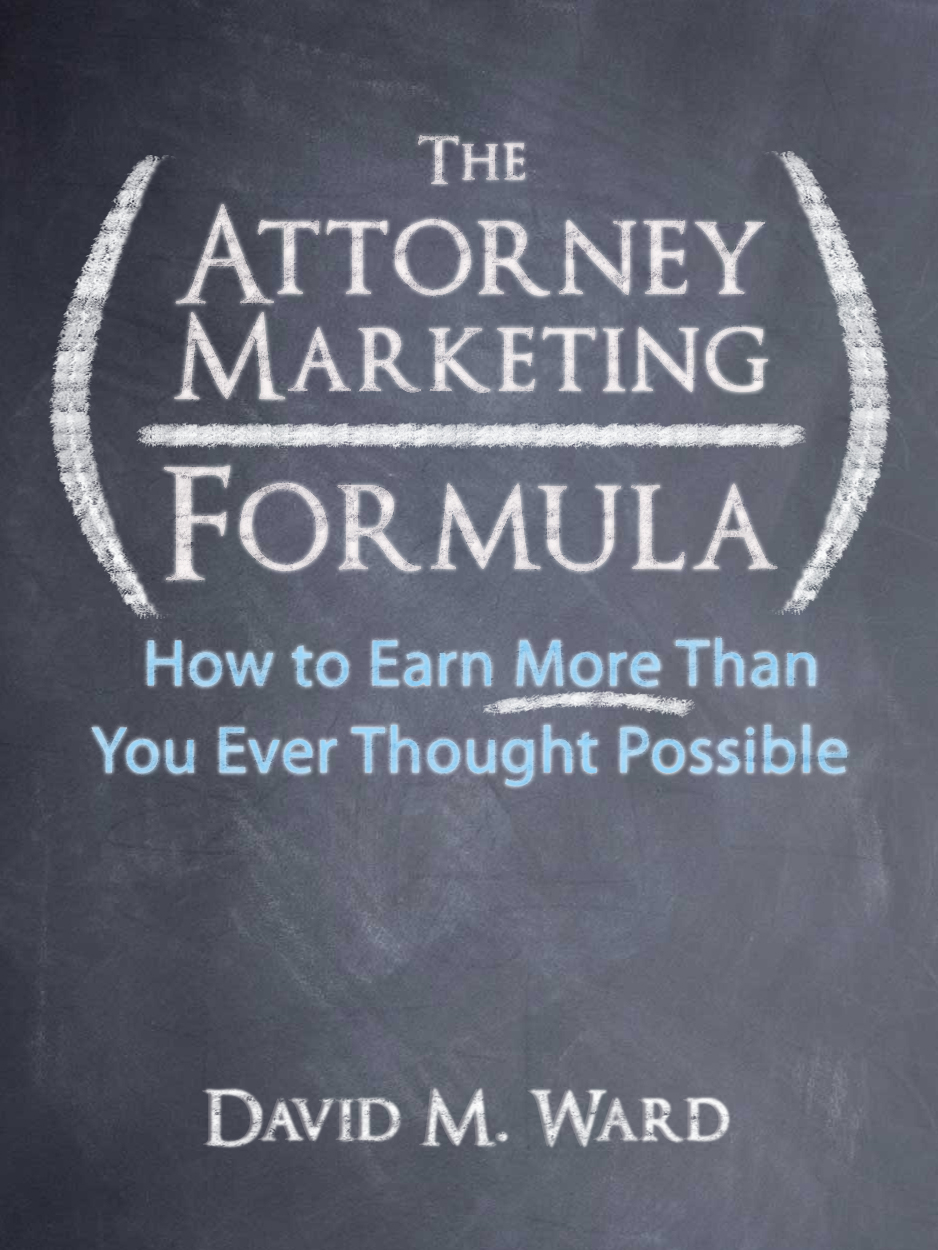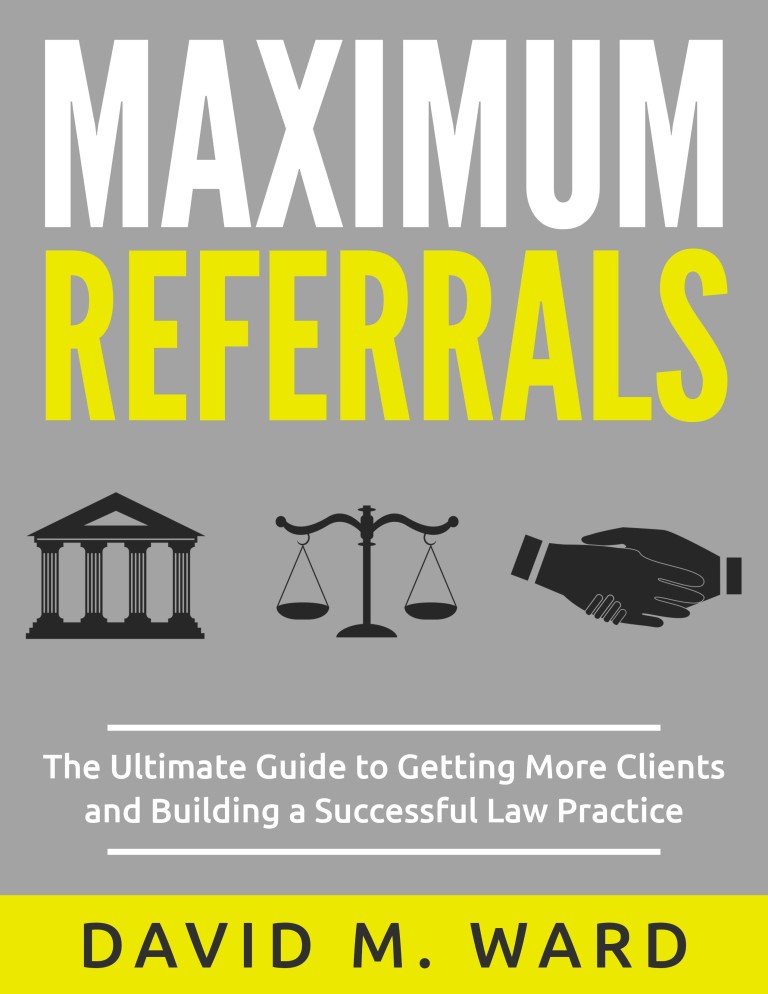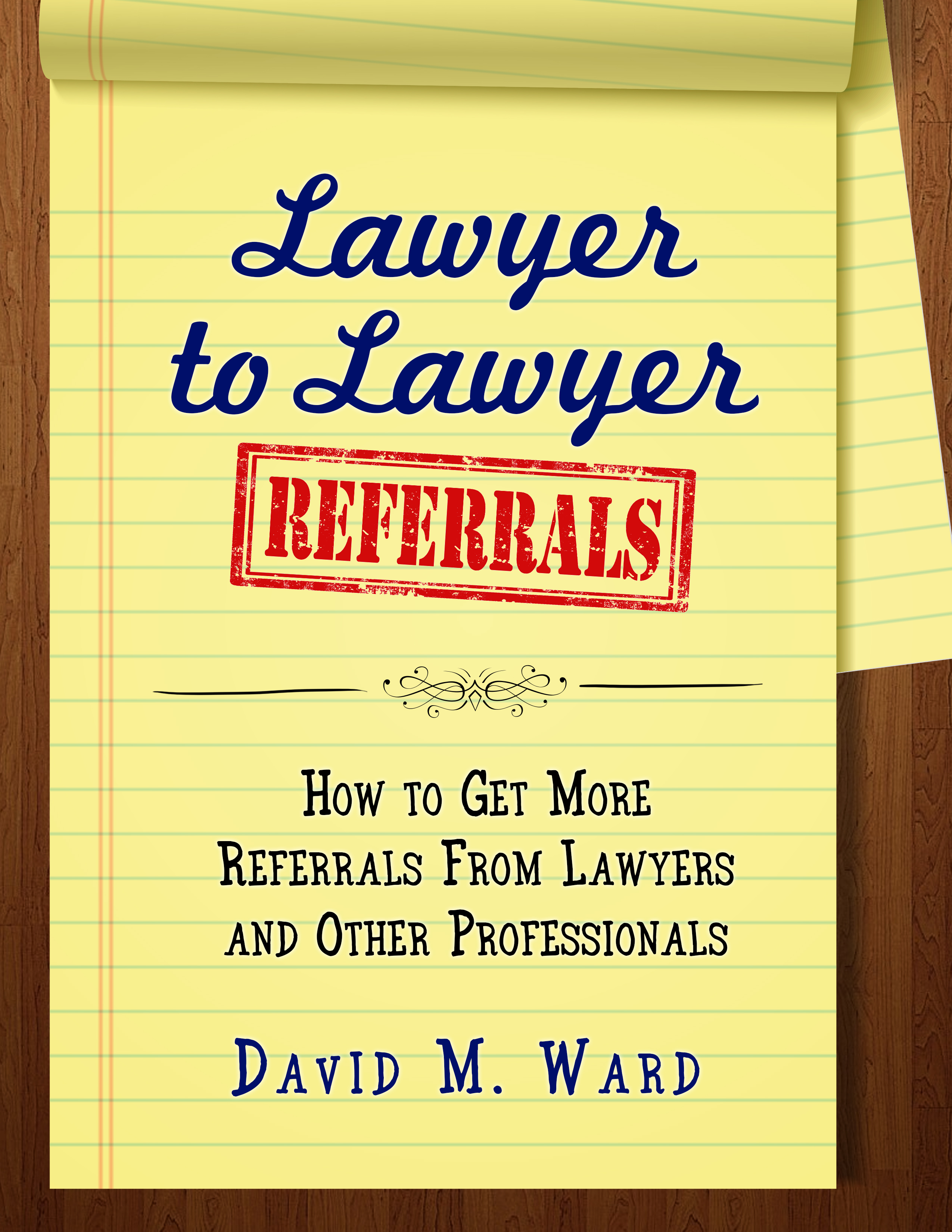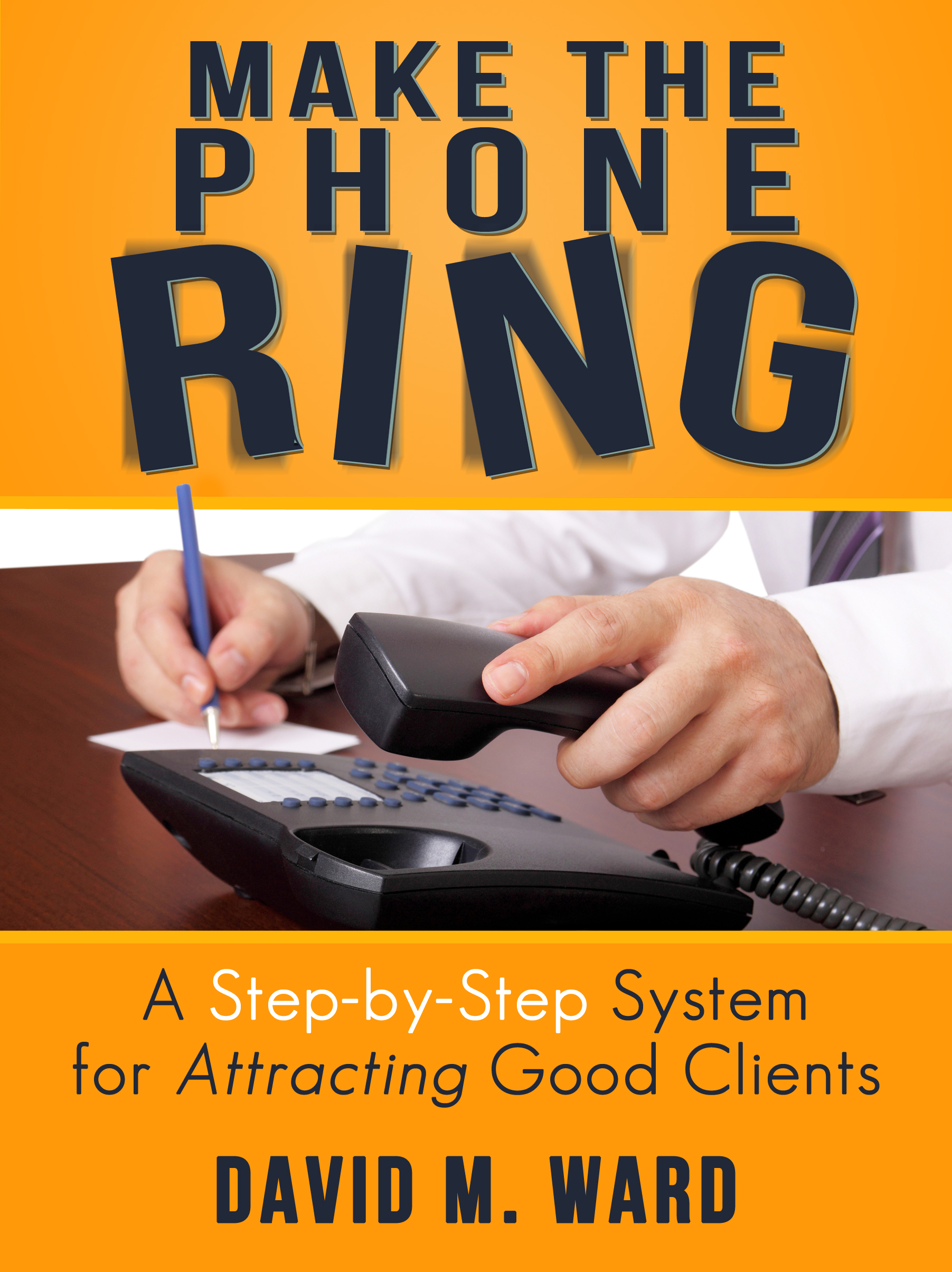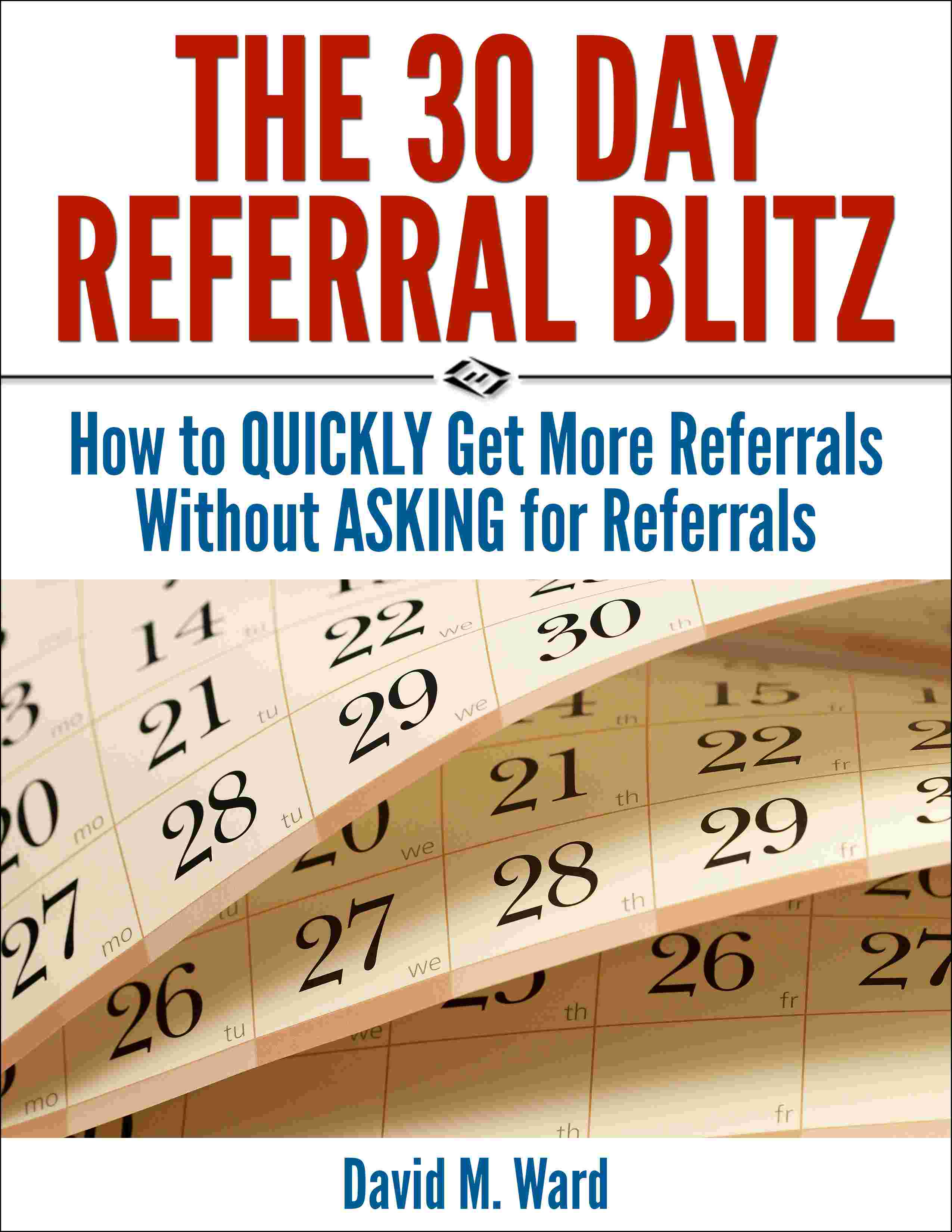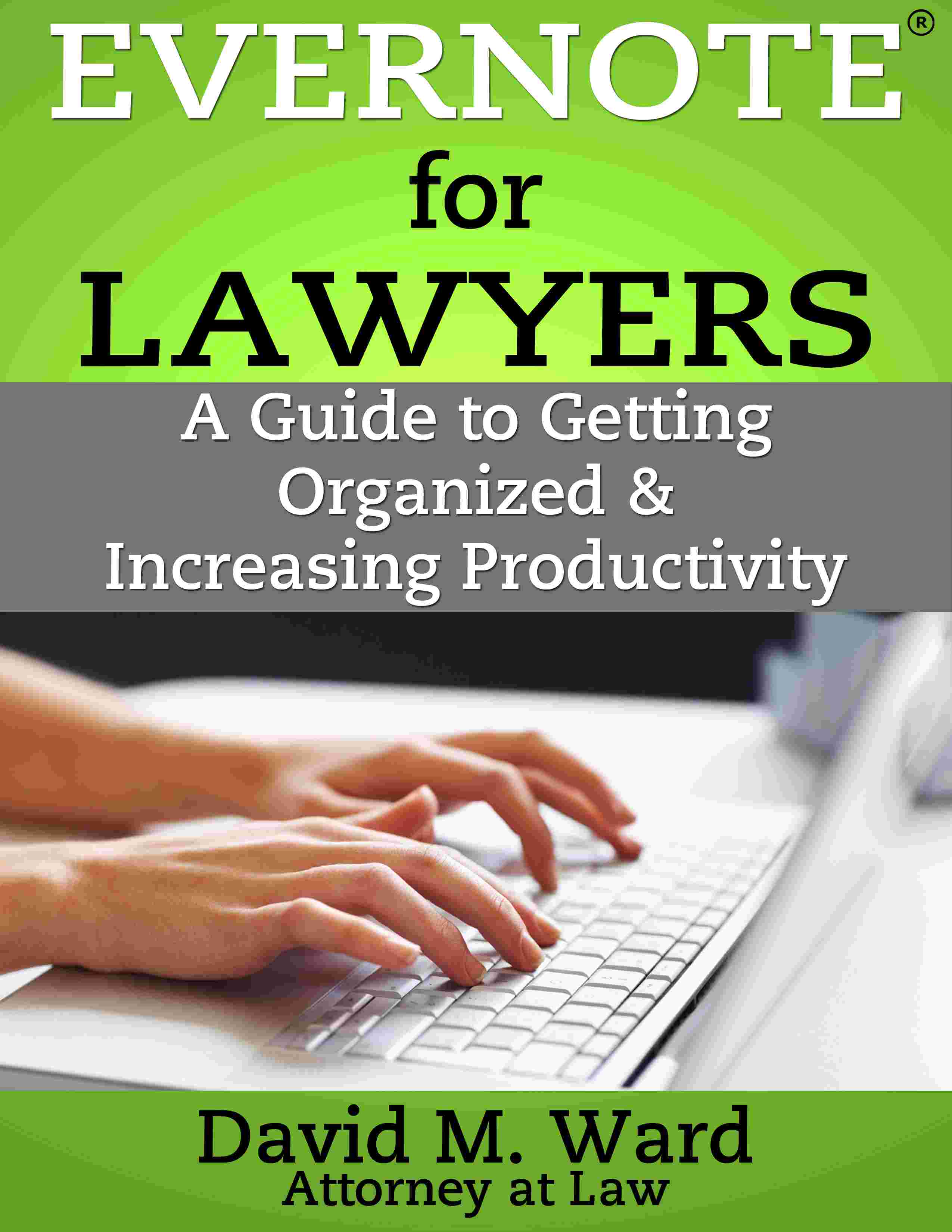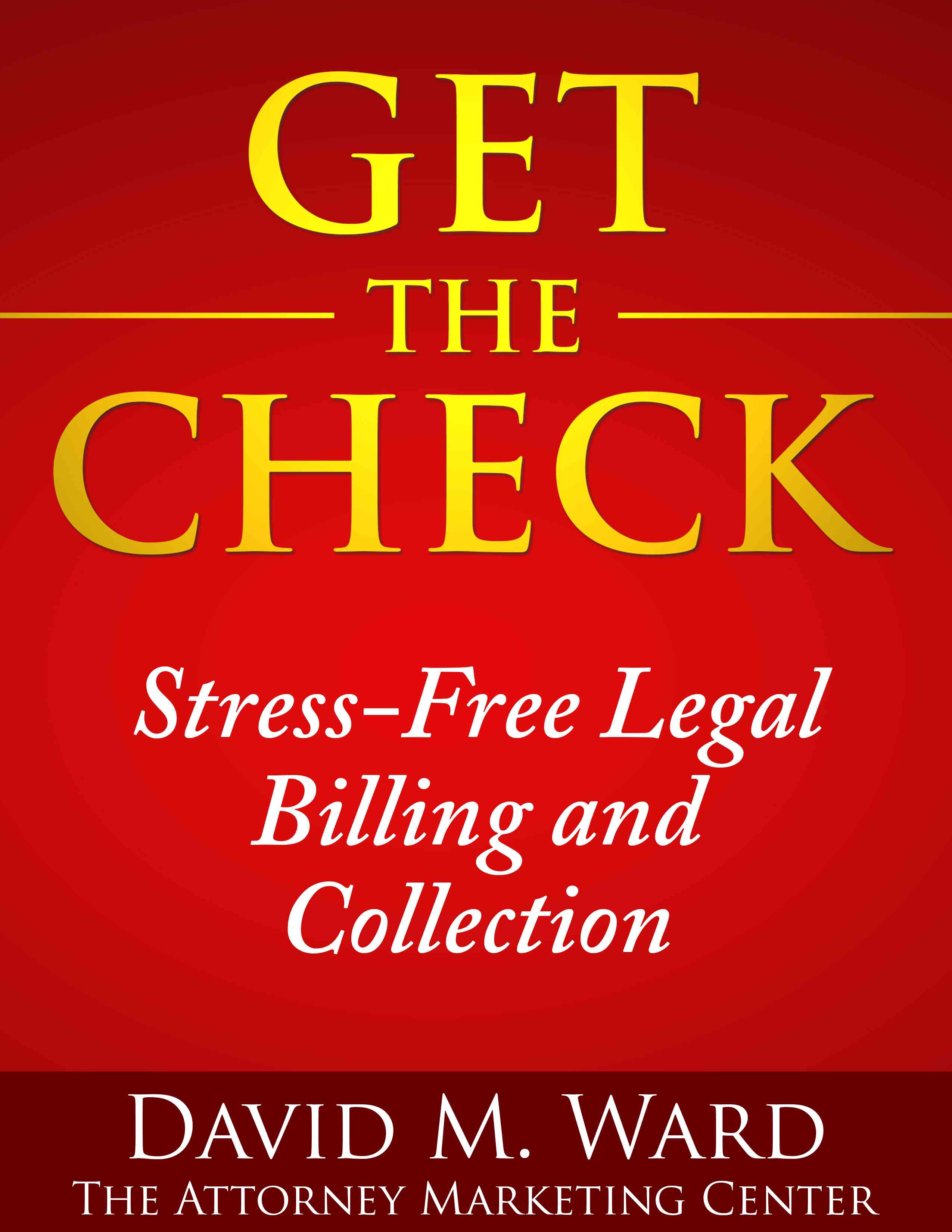A few thoughts about talking to people you want to like you, hire you, and follow your advice.
First, assume they’re nervous; say something “neutral” to break the ice. Ask about the traffic or parking, or how they found you. If you know something about their problem, and it’s bad, acknowledge that up front.
If you’re in person, make eye contact. And smile. So simple, and so effective at showing them you’re listening, you care about what they say, and you’re a nice person. It makes them much more likely to like you and listen to you.
You want them to do most of the talking, so ask open-ended questions to get them to do that. Ask appropriate follow-up questions to clarify what they say (and show them you care about getting it right). Then, repeat their important points back to them, to give them a chance to hear what they told you, e.g., “So, what you’re saying is…”, and thus, prompt them to confirm it, change it, or add to it.
And again, to show them you’re listening.
If you feel the need to correct something they said, be gentle.
Share information, but don’t show off how much you know. And, whatever you do, don’t talk all about yourself. Talk about them, their legal matter, and the options available to them.
Take notes. Let them see you writing what they say, or hear you typing or scratching if on the phone. It tells them that what they say is important, you care about accuracy, and you want to do a good job for them.
Finally, ask them to tell you if there’s anything else they want you to know (but might not have mentioned).
They might tell you something important, but if they don’t, they’ll appreciate your thoroughness and that you let them get in the last word.

